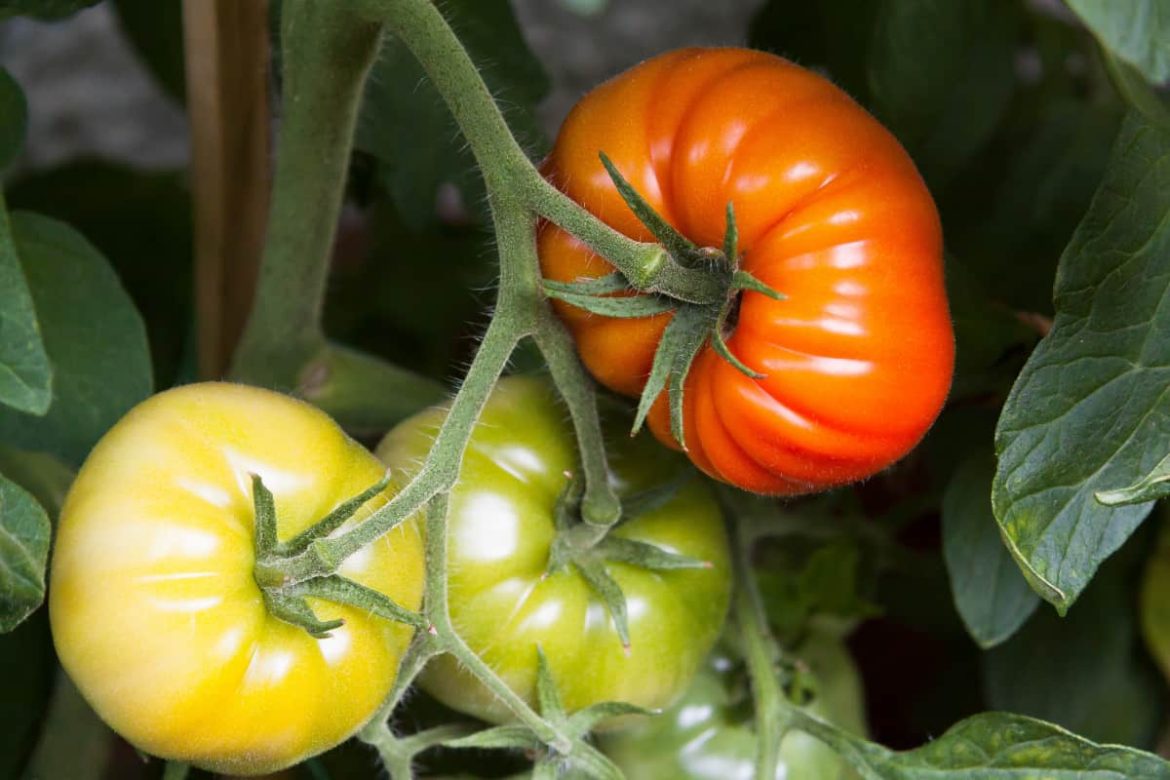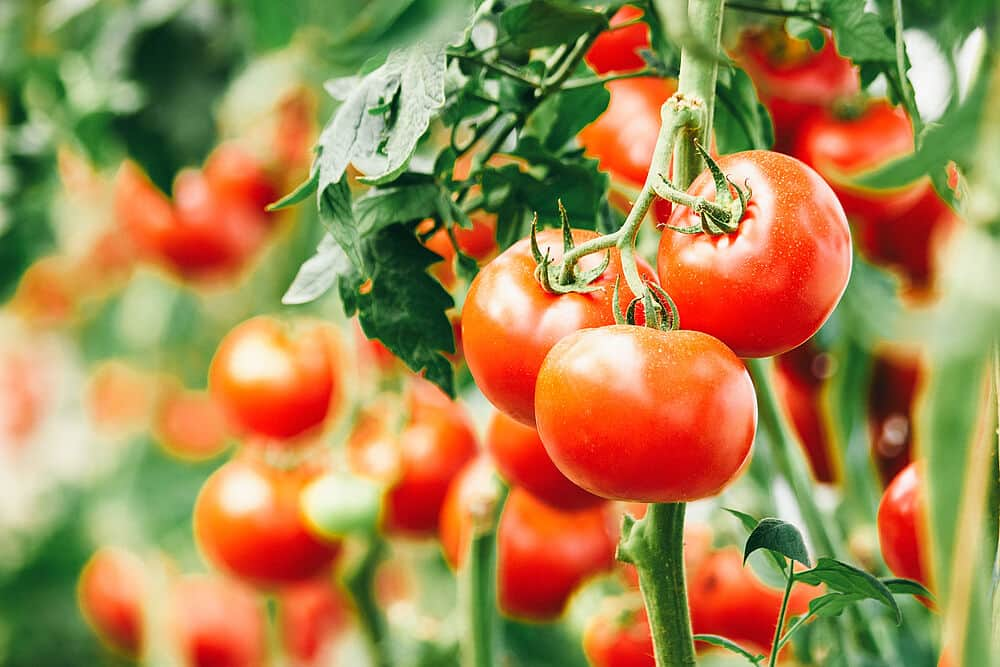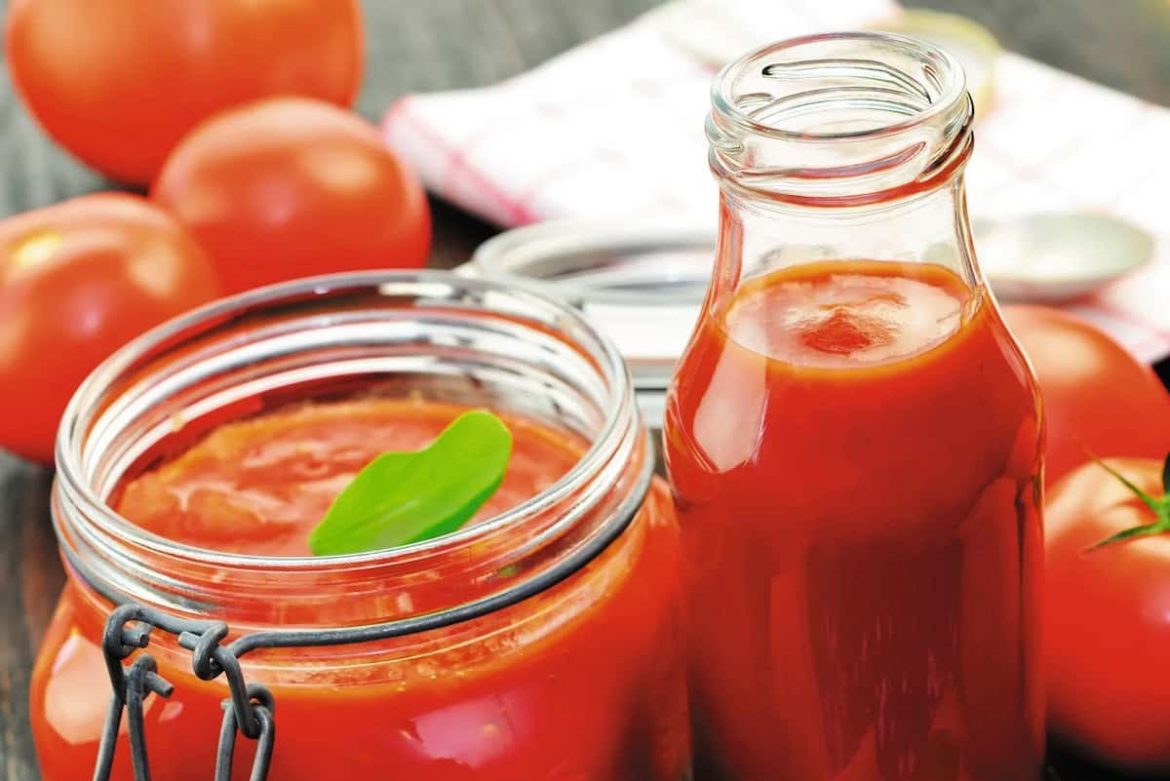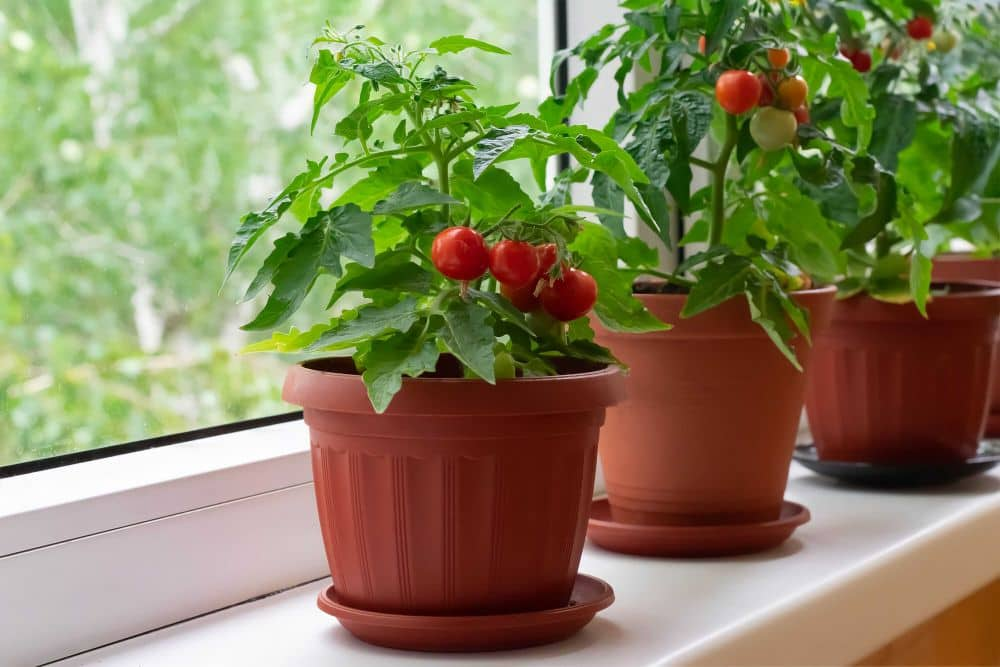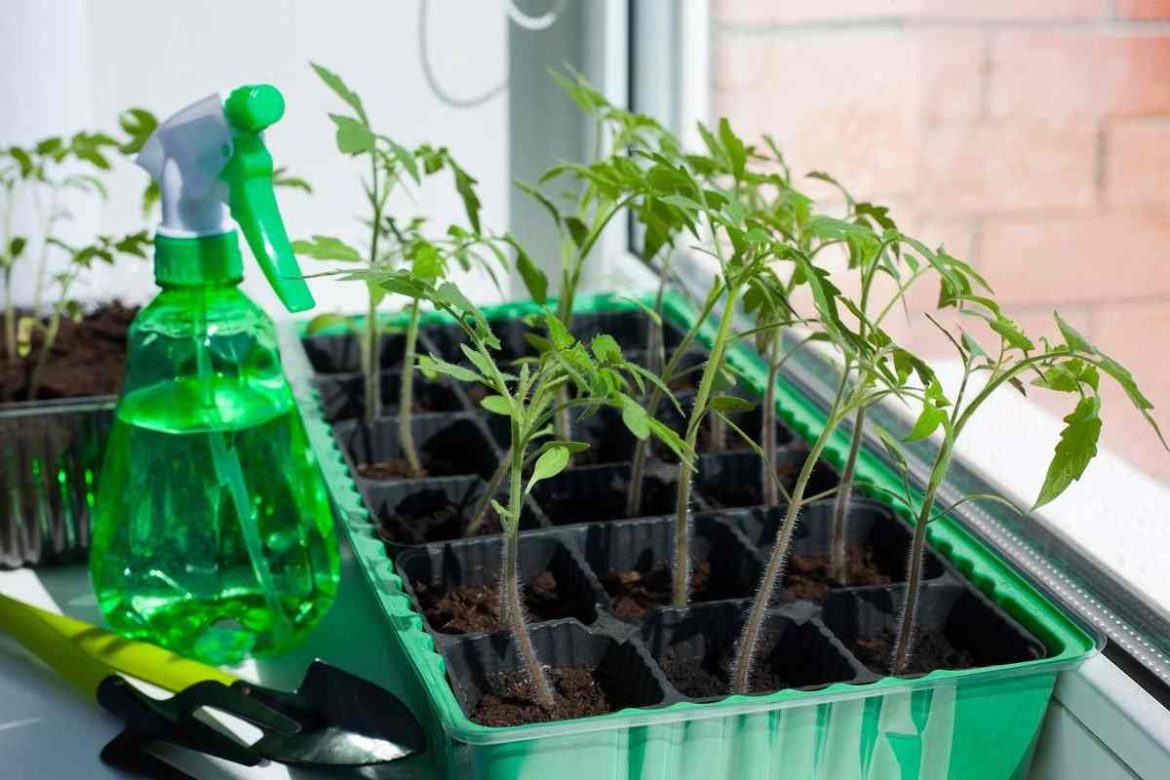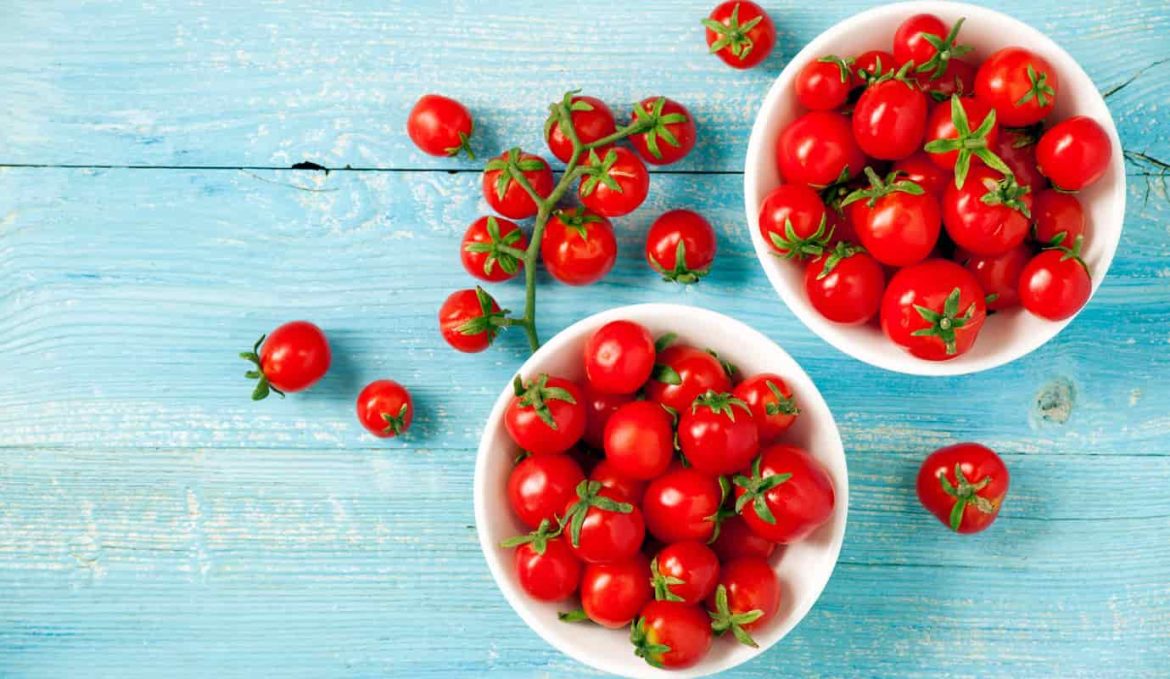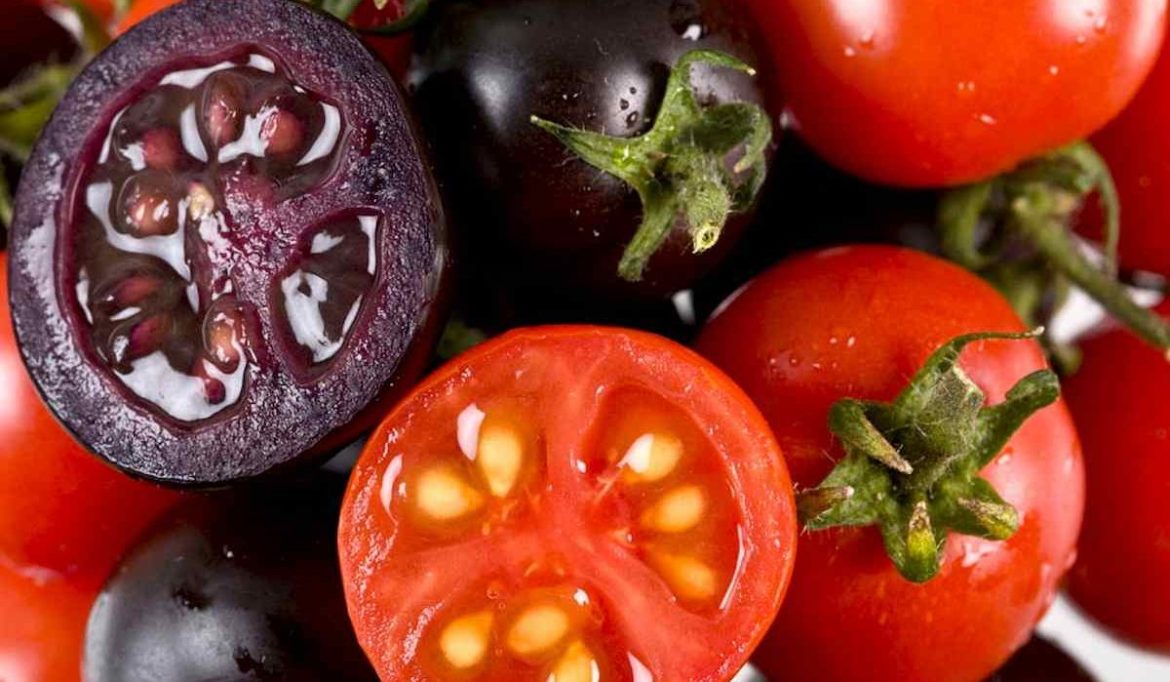Grow tomatoes inside apartment with interesting methods
With using modern interesting methods, you can grow various kinds of vegetables and fruits like tomatoes simply inside your apartment
Home-grown tomatoes have a more nuanced and delectable flavor than store-bought tomatoes, which makes them superior
Tomatoes are often considered to be one of the most adaptable and popular fruits in the world
It can be consumed raw, cooked, in its entirety, or as part of a sauce, and it is a component in cuisines from all over the world
Although they can be found in practically every store, tomatoes that are produced commercially do not compare to those that are grown locally in terms of their sweetness, texture, color, and flavor

In order to produce a high yield, tomato plants require sufficient amounts of nutrients, water, lighting, temperatures, humidity, ventilation, space, care, and support
It’s unfortunate for many people, but the environment in which they live or the amount of space they have may prevent them from successfully cultivating tomatoes
Especially those who are living in such a small flat that there isn’t even room for a balcony
Because of this, one can wonder whether or not it is possible to cultivate tomatoes within an apartment
It can be simpler than you think to set up a productive tomato growing system inside of an apartment that will produce fresh tomatoes regardless of the weather or the time of year
Even though it’s winter, you can still grow tomatoes if you have the right conditions
Choose A Suitable Variety There are over 10,000 different types of tomatoes, but when deciding which one to cultivate, the most crucial factor is determining if the variety has a determinate or an indeterminate growth pattern
Determinate Tomatoes Determinate tomatoes, sometimes known as “Bush Tomatoes,” have a compact and bushy growth habit, and their average height ranges from 3 to 4 feet
Their lifespan is rather short, ranging from 45 to 90 days on average
In general, these cultivars demand far less work than other types because they do not call for extensive pruning or intricate trellising structures
If you have a short growing season, limited area, or are planting later in the year, it is best to choose determinate tomato varieties

Some of the most common determinate plant varieties that are suitable for growing indoors and producing the finest results include
Toy Boy Cherry Gold Red Robin Cherry Gold Toy Boy Tiny Indeterminate tomatoes named Tim
Because they are huge, vining, and have a longer lifespan, indeterminate tomato plants favor a longer growth season
In tropical regions, they can live for more than a year, while in temperate settings they can survive until the first frost
They have the potential to reach heights of exceeding 3 meters
If you have a lengthy growing season, sufficient area, and are ready to undertake some light management, indeterminate varieties are a fantastic choice for you
They also eliminate the need to replace crops in order to maintain production levels
The majority of unusual and highly appreciated heirloom types, such as “Sweet Million” or “Sun Gold,” are indeterminate in their growth pattern
The Conditions Necessary for Cultivating Tomatoes Inside of an Apartment Tomatoes, like all other plants, have particular needs when it comes to the environment in which they are grown in order to be healthy and to achieve their full potential for production
If these growing conditions are not satisfied, it is possible that you will start to witness symptoms in the plants in the form of pests, diseases, discolouration, and decreased production
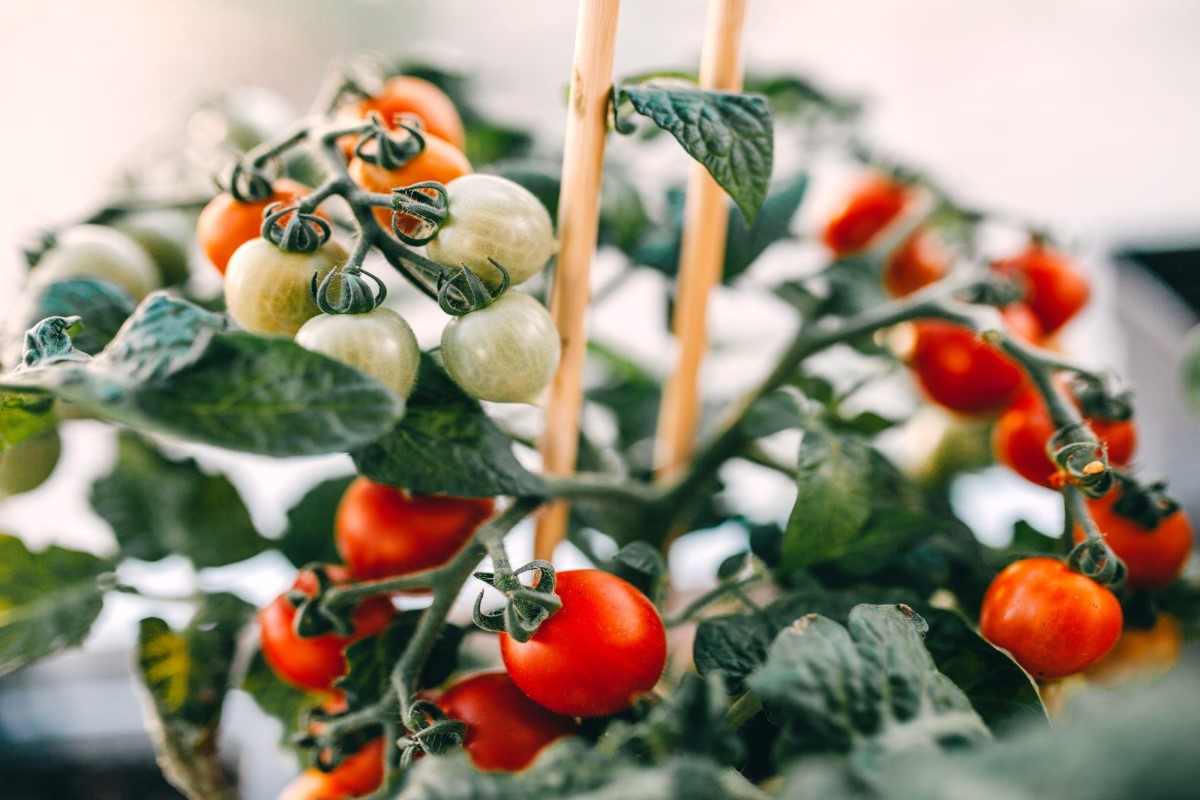
Pick A Better Spot To begin, look around your flat for the most desirable location
A patio or balcony would be just what the doctor ordered
To ensure successful fruit production, determinate and smaller tomato varieties should be exposed to full, unbroken sunlight for around four to six hours per day
The temperature should be at least 18 degrees Celsius (or 65 degrees Fahrenheit) or higher
Tomatoes don’t like temps that go below 50 degrees
It is essential to look for a better site; areas that face south or west, or a windowsill with enough of sunlight, are your best options
Choose Large Containers/Pots The best verse to remember when growing tomatoes inside is “the bigger, the better
” Because tomato plants require a lot of space for their roots to develop, smaller containers are probably not the best choice for growing tomatoes
It is imperative that you choose a container that is sufficiently large if you plan on successfully cultivating tomatoes inside of an apartment
The perfect container for a single plant is a bucket that holds five gallons
If the container you’re using doesn’t already have drainage holes, you should either make sure it does or drill them yourself in multiple different spots
Soil in good health When it comes to growing tomatoes, having soil that is suitable is one of the most critical aspects
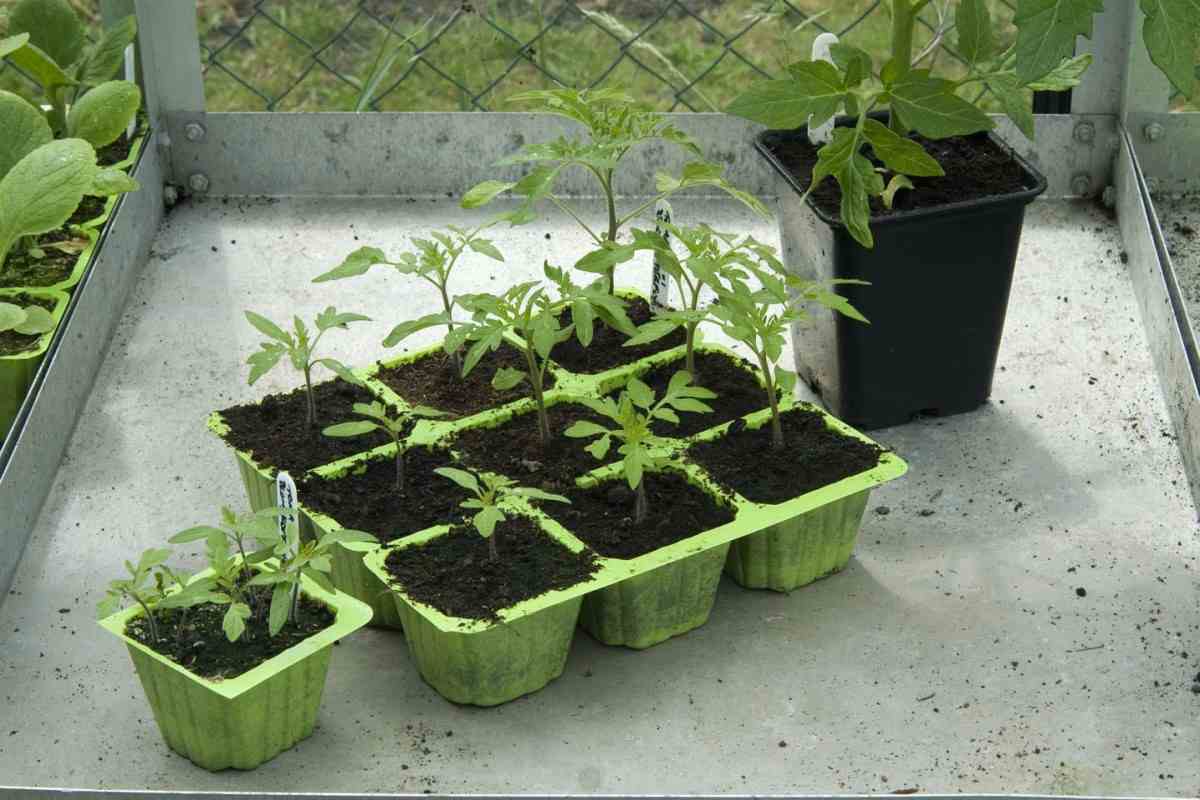
You require soil that has sufficient air, water retention, nutrients, and biological activity in the form of microorganisms that are advantageous to the plant’s growth
Without healthy soil, your plants are more likely to become afflicted with diseases and have their growth stifled
The ideal soil combination for growing tomatoes includes rich compost, perlite, and coconut coir in proportions almost equal to one another
If you want to save some money by using sediment-based soil that is readily available (like what is in your backyard), make sure that the soil is sandy and not heavy in clay
This will ensure that your savings are maximized
Sand will allow for the right drainage, but clay soils may store too much water, which can lead to disease
Sand will allow for proper drainage
In practically any gardening center or nursery, you can also get soil mix that is already prepared for use
Instead of “potting soil,” which might have inorganic sediments, look for “potting mix,” sometimes known as “potting dirt
” When choosing your compost, look for one that is uniform in texture, has a dark color, and is composed of very small particles
Steer clear of anything that has large chunks of organic materials (leaves, stems, or wood chips), as well as anything that is still in the process of decomposing
A nice aroma is one of the finest signs of healthy compost; therefore, you should make sure there are no scents that are offensive
Compost that has not been finished or that has been produced incorrectly can harbor illnesses, undesired seeds, have a low nutrient content, and lack the necessary microbes
In addition to any other fertilizers that you could decide to incorporate, this compost will end up being the most important nutrient-containing component of the soil
Castings from worms provide an excellent substitute for compost
